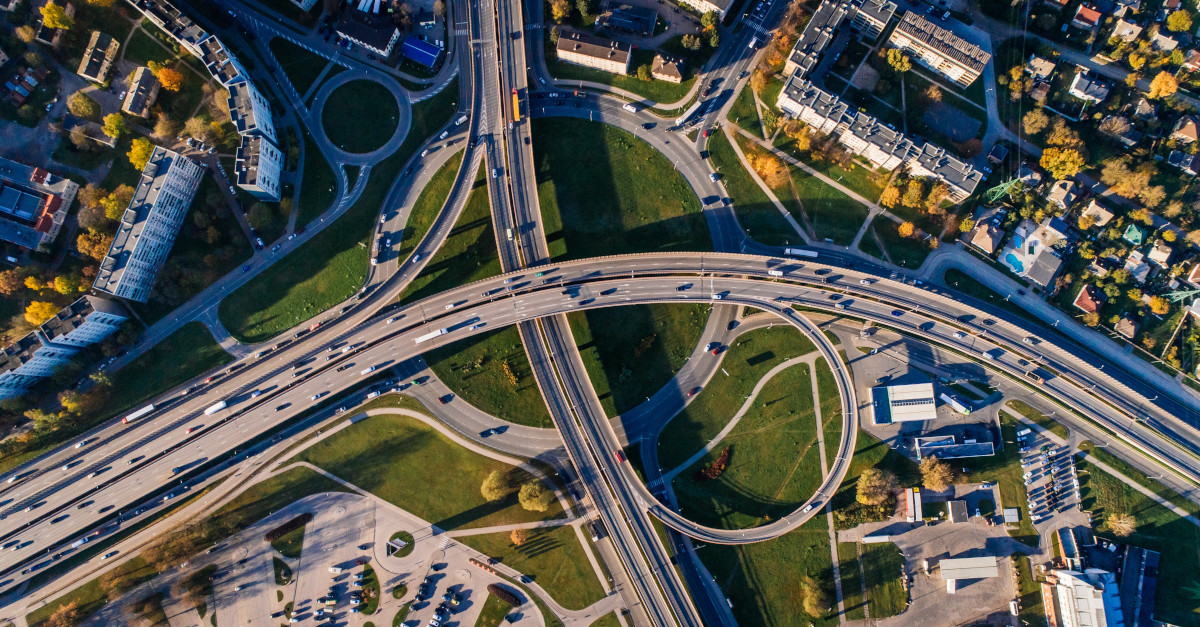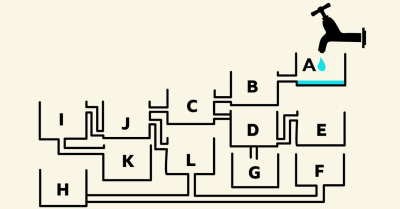When Theory of Constraints fails
Theory of Constraints is powerful, but like all models, sometimes wrong.Are you familiar with the Theory of Constraints? I introduced the concept a few months ago if it’s new to you.
In a nutshell, the Theory of Constraints (or TOC) is the idea that the throughput of a system is constrained by a small number (usually one) constraint, and optimizing other areas of the system will have no useful impact.
But sometimes this theory fails. I’m aware of three such areas (there are no doubt more):
-
Systems with multiple paths
TOC works nicely when there’s a single path through a system. Perhaps an example is getting to your depature gate at the airport. If 80% of your wait time is at the security checkpoint, then that’s where the airport should optimize.
But what if you’re at a large airport, which has multiple security checkpoints? If you’ve traveled as much as I have, you’ve seen this situation, where one checkpoint has a line an hour long, and another, a 5 minute walk away, has a practically empty queue.
Theory of constraints would tell us to optimize the security checkpoint with the long line, but a first step would be simply to redirect half of the traffic to the empty checkpoint!
-
Braess’s Paradox
Imagine you live on the outskirts of a large city, and your work is located on the exact oppose side of the city. You have two options for your daily commute: Drive around the city to the North, or to the South. Neither is a direct route, and each takes the same amount of time.
Then one day the city planners open a new highway that runs directly from your house to your work place. Yay!
The only problem? Now your commute takes twice as long! Why?
Because now all of the traffic that was previously routed 50% to the north and 50% to the south is 100% routed through the center of the city, and the new highway is over crowded (and the two old ones are nearly bare).
This is obviously an exagerated example, but it’s something that has been shown to happen (to a less obvious degree) in real life. The phenomenon is known as Braess’s paradox, and while it was discovered with traffic patterns, it is believed to affect biological and electrical and other types of systems as well.
-
Induced Demand
And finally, sometimes when we clear a bottleneck, it serves to increase demand on that part of the system beyond initial levels, to such a degree that the bottelneck becomes worse than before.
This is another one that comes from transportation, but has also been observed in other areas.



